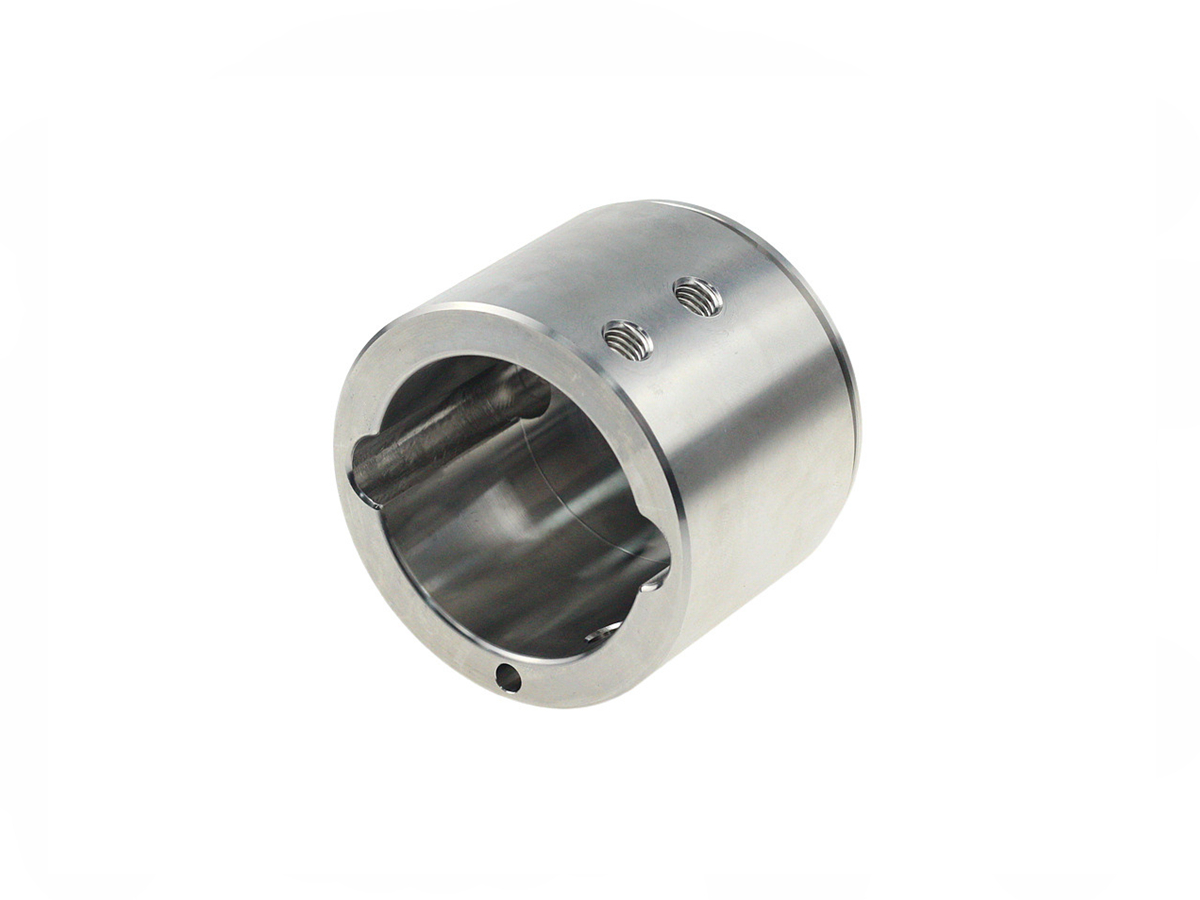CNC Machined Parts for Reliable Agricultural Machinery Operations
Introduction to CNC Machined Agricultural Components
Reliable operations in agricultural machinery depend significantly on robust and precision-crafted components. CNC machining offers agricultural equipment manufacturers parts with precise tolerances, durability, and consistency. Essential CNC-machined parts include hydraulic fittings, drive shafts, gear components, structural brackets, linkage arms, and valve assemblies. Common materials selected are alloy steels (4140, 4340), stainless steels (SUS304, SUS316), aluminum alloys (6061-T6), and engineering plastics (UHMW, Nylon), each chosen for mechanical resilience, corrosion resistance, and longevity in harsh farming environments.
Specialized CNC machining services ensure optimal performance and enhance operational reliability across various agricultural equipment.
Material Performance Comparison for Agricultural Machinery Components
Material | Tensile Strength (MPa) | Density (g/cm³) | Corrosion Resistance | Typical Applications | Advantages |
|---|---|---|---|---|---|
655-1000 | 7.85 | Good | Shafts, hydraulic rods | High toughness, impact resilience | |
745-1080 | 7.85 | Good | Gear components, pins | Excellent fatigue strength | |
515-620 | 8.00 | Excellent | Valve assemblies, fittings | Superior corrosion resistance | |
310-345 | 2.70 | Excellent | Structural brackets, housings | Lightweight, corrosion-resistant |
Material Selection Strategy for CNC Machined Agricultural Parts
Effective material selection is critical to ensuring reliability and longevity in agricultural machinery components:
Alloy Steel 4140 is preferred for components subjected to high-impact loads and dynamic stresses due to its excellent toughness and strength up to 1000 MPa, making it ideal for drive shafts and hydraulic rods.
Alloy Steel 4340 delivers high fatigue resistance and strength (up to 1080 MPa), essential for gear components, pins, and heavily loaded mechanical connections.
Stainless Steel SUS304 provides excellent corrosion resistance suitable for valve assemblies, hydraulic fittings, and components frequently exposed to moisture, fertilizers, and chemicals.
Aluminum 6061-T6 is ideal for structural brackets and machinery housings, offering excellent corrosion resistance, moderate strength (up to 345 MPa), and significant weight savings.
CNC Machining Processes for Agricultural Equipment Components
CNC Machining Process | Dimensional Accuracy (mm) | Surface Roughness (Ra μm) | Typical Applications | Key Advantages |
|---|---|---|---|---|
±0.01-0.02 | 0.8-1.6 | Structural brackets, gearbox covers | Versatile precision | |
±0.005-0.01 | 0.4-1.2 | Shafts, hydraulic rods | Excellent rotational accuracy | |
±0.01-0.02 | 0.8-3.2 | Precision fittings, mounting holes | Accurate hole placement | |
±0.002-0.005 | 0.1-0.4 | Bearings, precision pins | Superior surface finish |
CNC Process Selection Strategy for Agricultural Machinery Components
Choosing suitable CNC processes ensures components achieve the required accuracy and reliability:
CNC Milling effectively produces accurate structural components such as brackets and gearbox covers, achieving dimensional accuracy within ±0.01-0.02 mm critical for secure equipment assembly.
CNC Turning excels at creating precise rotational parts like drive shafts and hydraulic rods with tight tolerances of ±0.005 mm, ensuring balanced performance.
CNC Drilling provides precise hole placement (±0.01-0.02 mm), essential for accurately aligning and fitting machinery assemblies.
CNC Grinding achieves ultra-high precision (±0.002-0.005 mm) and superior surface finishes required for bearings and pins, optimizing friction and component lifespan.
Surface Treatment Performance Comparison for Agricultural Components
Treatment Method | Surface Roughness (Ra μm) | Wear Resistance | Corrosion Resistance | Surface Hardness | Typical Applications | Key Features |
|---|---|---|---|---|---|---|
0.4-1.2 | Excellent | Good | HRC 55-62 | Gears, shafts | Enhanced fatigue strength | |
0.8-2.0 | Moderate | Excellent (≥1200 hrs ASTM B117) | Moderate | Brackets, external parts | Robust corrosion protection | |
0.8-1.6 | Moderate | Excellent (≥1000 hrs ASTM B117) | Unchanged | Stainless steel valves | Improved corrosion resistance | |
0.6-1.2 | Excellent | Excellent (≥1000 hrs ASTM B117) | Variable | Frames, housings | Durable, aesthetic finishes |
Surface Treatment Selection for CNC Machined Agricultural Components
Appropriate surface treatments significantly improve component durability:
Heat Treatment boosts hardness (HRC 55-62) and fatigue life, ideal for heavily loaded parts like gears and drive shafts.
Galvanizing offers outstanding corrosion protection (≥1200 hrs ASTM B117) for brackets and externally exposed components.
Passivation significantly improves corrosion resistance (≥1000 hrs ASTM B117) for stainless steel hydraulic fittings and valves.
Powder Coating provides both protective and aesthetic benefits, delivering durable corrosion protection (≥1000 hrs ASTM B117) suitable for machinery frames and external parts.
Typical Prototyping Methods for Agricultural Equipment Parts
CNC Machining Prototyping: Delivers precise prototypes (±0.005 mm) for accurate mechanical testing.
Rapid Molding Prototyping: Produces functional prototypes rapidly for comprehensive field tests.
Metal 3D Printing (Powder Bed Fusion): Enables quick prototype creation (±0.05 mm accuracy) for early design evaluation.
Quality Assurance Procedures
Coordinate Measuring Machine (CMM) Inspection (ISO 10360-2) ensures precision within ±0.005 mm.
Surface Roughness Measurement (ISO 4287) verifies finishes (Ra ≤1.6 µm).
Mechanical and Fatigue Testing (ASTM E8/E466) confirms component durability.
Corrosion Resistance Testing (ASTM B117 Salt Spray Test) validates protective treatments.
Non-Destructive Testing (ASTM E1444, ASTM E2375) detects internal and external defects.
ISO 9001 Certified Documentation guarantees comprehensive traceability and compliance.
Industry Applications
Precision agricultural equipment
Heavy-duty farming machinery
Harvesting and planting equipment
Related FAQs:
Which materials ensure reliable agricultural machinery parts?
How does CNC machining enhance operational reliability in agriculture?
What surface treatments extend the lifespan of farming components?
Why prototype agricultural machinery parts?
Which quality control processes guarantee reliable CNC agricultural components?

